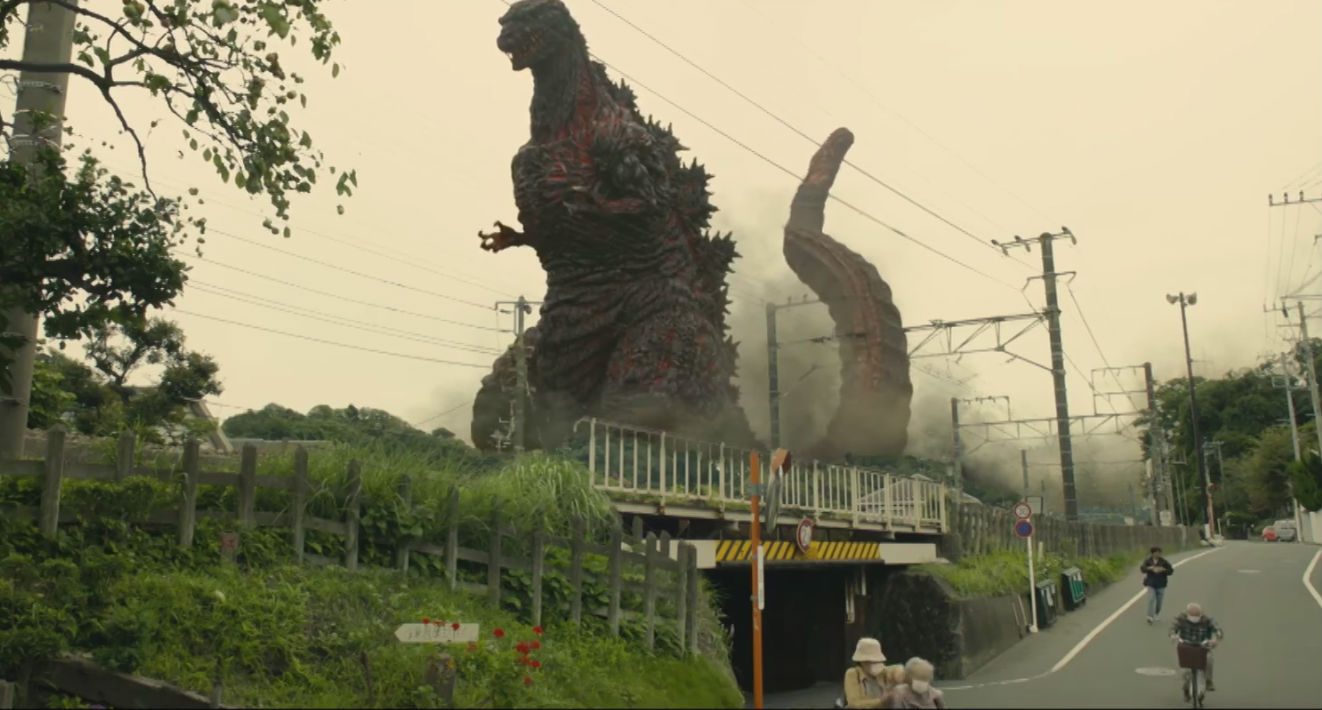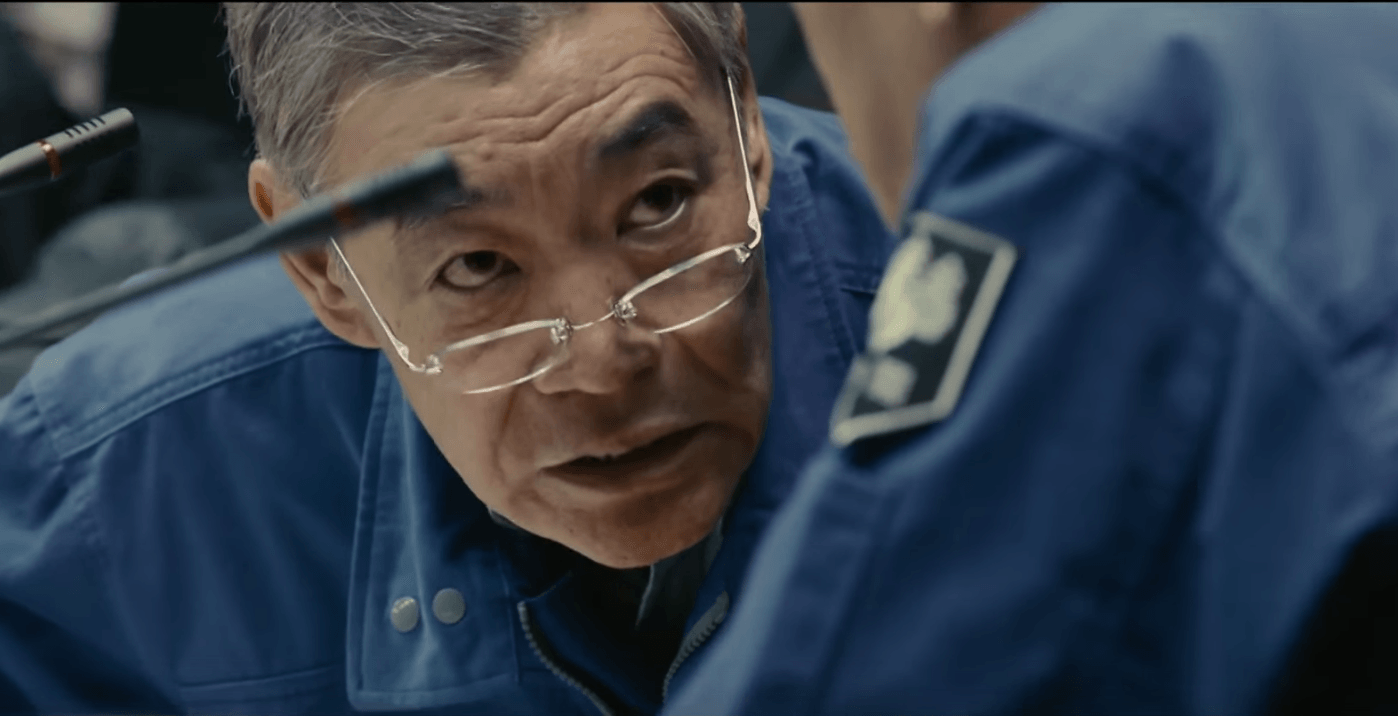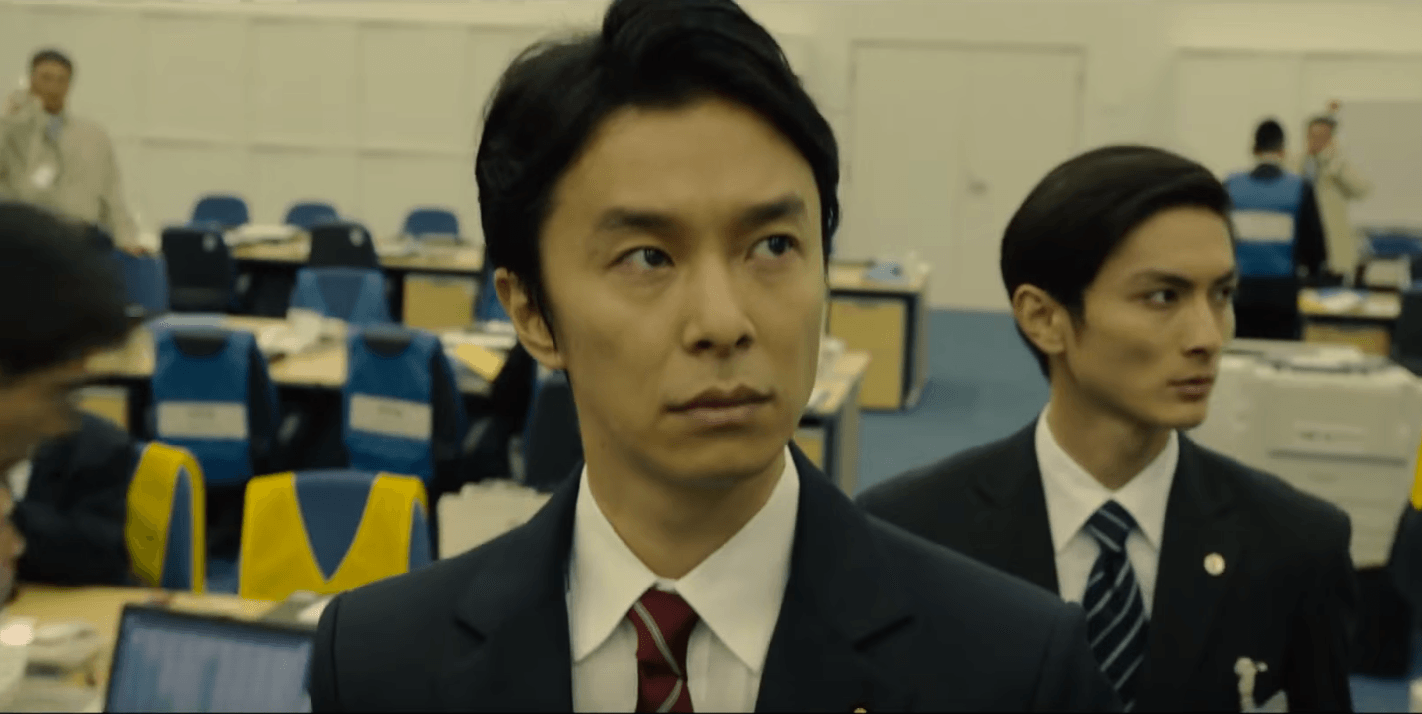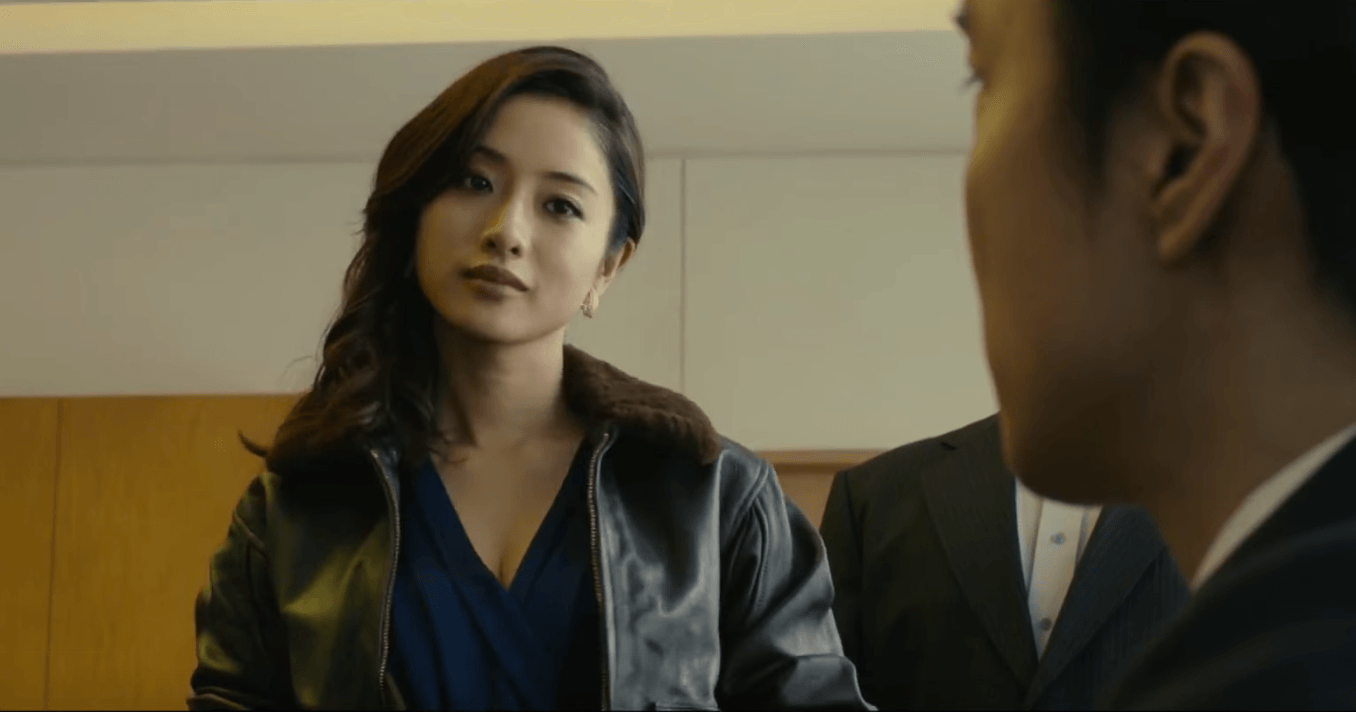SUMMARY
This is AI generated summarization, which may have errors. For context, always refer to the full article.

“This is reality. All else is just a dream.”
A career bureaucrat sadly tells his comrade while lamenting about Japan’s submission to the United Nations’ decision to save mankind by dropping a nuclear bomb right in the middle of Tokyo. There is palpable sadness to the verbal exchange of the two government workers, a sadness that bears the burden of a nation that has gone through war experiencing both the carnage and shame of defeat.
The quiet scene immediately cuts to a quick succession of images of Hiroshima and Nagasaki right after their respective bouts with the atom bomb. It’s nearly impossible not to get emotionally swayed.
What is most fascinating is how such fluent display of national sentiment happens right in the middle of a spirited B-flick, and how the two bureaucrats are actually referring to Godzilla, a mutant monstrosity who decides to take a nap in the bustling metropolis right after destroying almost everything in his path to his desired resting place. The fantabulous scenario is one that clearly belongs in the arena of dreams and nightmares, yet directors Hideaki Anno and Shinji Higuchi treat it with both the urgency and realism of any other catastrophe.
By doing so, they turn Godzilla: Resurgence into a movie that seamlessly blends majestic spectacle with such resounding soul.
Glorious ugliness
Anno and Higuchi’s Godzilla is quite a bizarre and fascinating creation, a curious-looking monster whose physical attributes allude to both the laws of nature and pop culture.
He is a lumbering and graceless mass, a mutant whose disastrous landfall in Tokyo’s coastal districts reveals a creature of salamander-like features, with hind legs that awkwardly navigate through highways and buildings and arms that just uselessly plop along the way. Its eyes are expression-less, resembling those of fish that are unaccustomed to air above the sea. Its head is dragged close to the ground, perhaps because its sea legs are still feeling its way around gravity and are unable to manage the weight.

When the beast finally evolves, it resembles the man wearing the rubber suit of Ichiro Honda’s 1954 classic. It isn’t ridiculously sleek and conventionally threatening as Ronald Emmerich’s failed 1998 Hollywood reimagining, which unimaginatively turned Honda’s beloved giant into exaggerated sewer crocodiles. It also isn’t as outrightly menacing as Garth Edwards’ 2004 remake which seems to avoid showing the entirety of Godzilla and instead concentrating on just bits and pieces of the monster in an effort to exploit its mystery.
Anno and Higuchi display Godzilla in all its glorious ugliness, part of which may be due to the charming but clunky mix of animatronics, digital and practical effects to realize the creature. It can be argued however that Godzilla’s unsightly demeanor is a clever design that takes into consideration the monster’s origins, which mostly puts the blame on humanity’s preoccupation with war and waste. The monster just cannot be beautiful. It should bear the marks of all the sins that led to its creation.
The monster’s arms are suspiciously immobile, imperfectly yet seemingly meaningfully clenched, almost suggesting that the titular creature is in constant pain, probably due to the fact that it is still an organism notwithstanding its unexplored powers.
Action with words

Anno and Higuchi’s Godzilla is truly an astounding and jawdropping sight, most especially when it unravels its ability to eerily light up powerless Tokyo with beams of various otherworldly colors. However, the true innovation of Godzilla Resurgence happens behind closed doors, between men and women who battle the force of vengeful nature not with physical prowess but with backdoor dealings, international diplomacy, and a whole lot of politicking.
The film begins with a government humorously unprepared for the disaster, with politicians of various ranks wasting time following protocols and debating in staggered meetings while Godzilla is taking its time dragging itself through the metropolis. There is a palpable sense of wicked sarcasm in the way Anno and Higuchi fashioned the quickly paced sequences with as much realism as they can muster. It certainly feels like they purposefully crafted a seething commentary on the uselessness of bureaucracy in the midst of catastrophe, using the Godzilla lore to criticize the government’s unspectacular performance during Japan’s most recent disasters.
Despite this, the film still maintains its allegiance to the structures of government. Its heroes are not empowered citizens who rise up to the occasion because they are simply at the right place at the right time just like in most Hollywood disaster flicks. Its heroes are career-oriented officials, who are never disdained or villainized just because they mix their heroics with ample dosages of opportunism.
Godzilla Resurgence humanizes the disaster genre. It gives its players not just the virtues that will allow them to save the day, but also the vices that will make them intriguingly grey, eventually turning Godzilla the monster as the only clearly cut character in the film. Everybody else has their understandable motivations, and everybody is granted the proper time to shine.
Audaciously conceived

The film has a host of characters, all of whom are played by actors of certain renown in Japan.
Hiroki Hasegawa, who plays the young official who was tasked to head the anti-Godzilla taskforce after correctly predicting that the threat the government is dealing with is actually a monster, is okay. However, Satomi Ishihara, who plays the promising Japanese-American counterpart of Hasegawa, is quite confusing. She convincingly translates the ambition that defines her character, but otherwise, her performance verges on the obvious.

Godzilla: Resurgence admittedly has problems. Thankfully, the pertinence and pleasures of Anno and Higuchi’s audaciously conceived and crafted creature feature outweigh all the minuscule concerns. – Rappler.com
 Francis Joseph Cruz litigates for a living and writes about cinema for fun. The first Filipino movie he saw in the theaters was Carlo J. Caparas’ ‘Tirad Pass.’ Since then, he’s been on a mission to find better memories with Philippine cinema.
Francis Joseph Cruz litigates for a living and writes about cinema for fun. The first Filipino movie he saw in the theaters was Carlo J. Caparas’ ‘Tirad Pass.’ Since then, he’s been on a mission to find better memories with Philippine cinema.
Add a comment
How does this make you feel?
There are no comments yet. Add your comment to start the conversation.